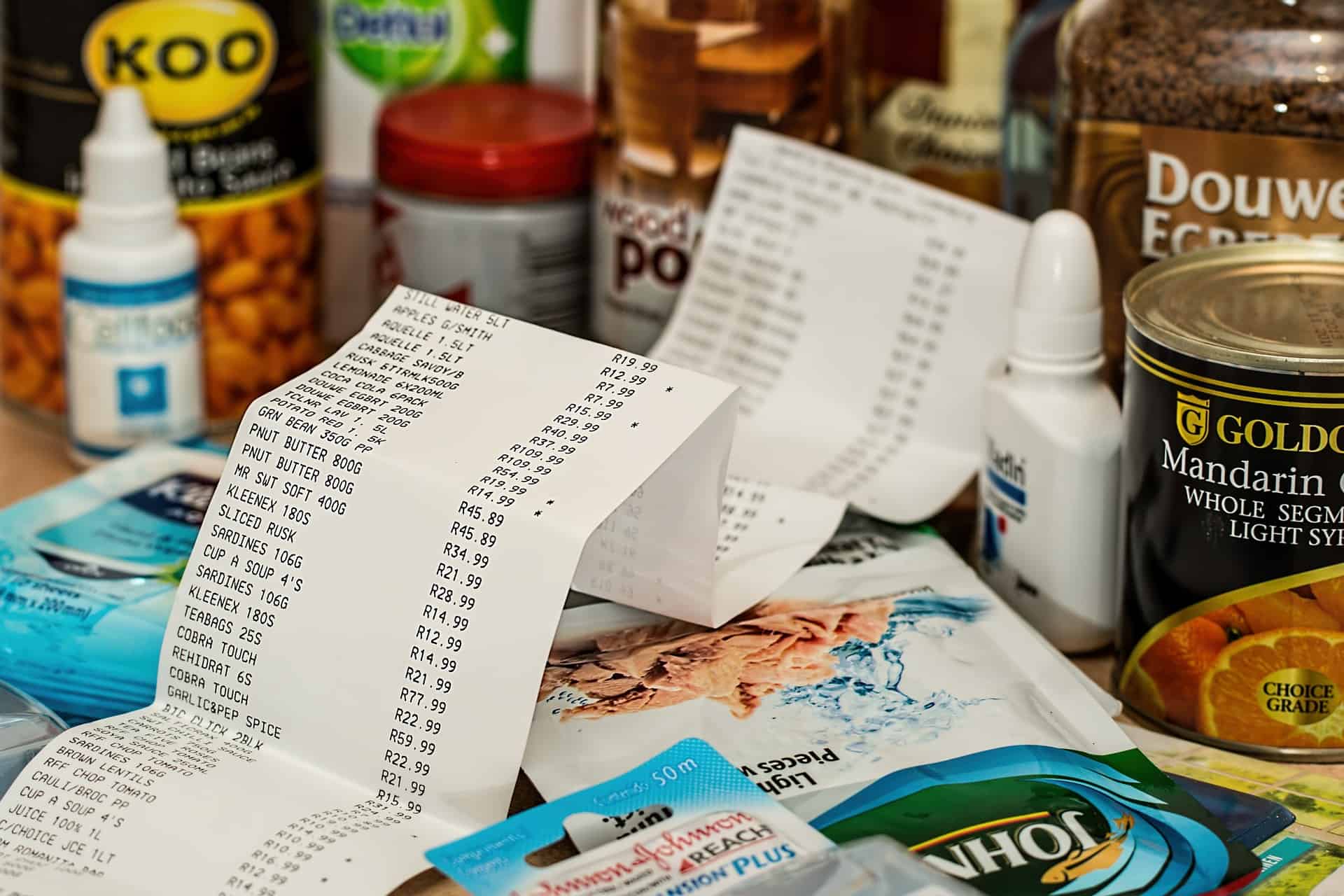Most newbies who start running Facebook ads get obsessed with page post engagements and the cost per page post engagement.
However, in reality page post engagements are not that important.
A page post engagement occurs when someone likes your ad, comments on your ad or shares your ad. However, it doesn’t mean people are interested, have buying intent and are going to purchase.
Page post engagements simply indicate that people are somewhat entertained either by your product or by your advertisement.
If you spend $10 it’s likely that you’ll get a few hundred likes along with a few comments and shares, even if you make no sales and get very few clicks. It’s almost impossible to run Facebook ads without getting page post engagements, but the metric is pretty irrelevant.
More important than page post engagements are clicks. Clicks indicate interest or a desire to learn more about the product or offer.
Even more important are adds to cart, which indicate buying intent.
But the most indicative of all, of course, are purchases.
If you get a ton of page post engagements but very few clicks, adds to cart and purchases, it means your offer is likely not strong enough. You should either improve your targeting and Facebook ad creative, or you should look for hotter products you can sell to hungry crowds.
One mistake a lot of people make is looking at their ad results on their mobile phone, with the Facebook adverts mobile app. The problem with this is that the mobile app displays mostly irrelevant metrics.
I get people sending me screenshots of their campaigns almost every day, but there’s little I can “read” from these metrics because they aren’t indicative of anything. Lots of people message me saying: “I have a cost per page post engagement of $0.02 and am getting a ton of likes and shares, but nobody buys. What am I doing wrong?”.
Well the first thing you’re doing wrong is this:
You’re looking at the wrong metrics.
There’s no way on earth you can understand or judge your Facebook ads or what the issue is unless you look at the proper metrics. So the first step is to switch from mobile app to the desktop version of the ads manager so you can display and customise the metrics.
When you click on “Customize Columns” in your ads manager, you can select the metrics you want to display in your ad reports.
Here’s what to select:
– Amount Spent
– Reach
– Link Clicks
– CPC (Link)
– Adds To Cart
– Purchases
– Cost Per Purchase
These metrics give you a lot more hints to understand why you’re not getting any results. If you have a tremendously high CPC you can kill your ads pretty much after one or two days of running them.
If you’re getting a relatively decent CPC and a ton of clicks but no adds to cart, it means the people you’re targeting don’t want to own the product you’re promoting.
There’s no buying intent, which means you need to improve your targeting or try selling a hotter product.
If you’re getting a ton of clicks and have a decent CPC and are getting a considerable amount of adds to cart, it means people are interested in your product and also have buying intent. If you aren’t getting any sales, you should run your ads for a few more days.
Try getting rid of any red flags during the checkout process. Maybe you’re not offering the right payment options, or the shipping costs are too high, or there’s another reason why people abandon the cart.
The thing is, unless you’re looking at the right metrics in your ads manager, there’s no way you can pin point what the issue is.
That’s why most screenshots people send me are useless.
Remember, all good advertising starts with proper tracking and measuring the right metrics. If you miss this crucial part, there is no way in the world you can have a successful ad campaign.




Facebook Advertising Hack — How To Auto-Hide Negative Comments On Your Ads
[…] Once you start running a successful Facebook ad campaign, the negative comments will start pouring in. In fact, the amount of negative comments you get is a good indicator for how successful your ad is. People only talk about stuff they actually care about. […]